That Fit Friend is supported by its readers. I [Jake Boly] run this site myself and buy the gear I review. If you purchase through my site, I may earn commissions on sales, read more here!
The Vivobarefoot Primus Flow is marketed as a premium barefoot running shoe. My question when hearing this (along with probably yours) is, “Does that premium price actually bring premium performance?”
I put this shoe through the ringer across lifting, running, and cross-training, and the answer is:
Yes. Mostly.
It’s one of the lightest barefoot shoes I’ve reviewed to date, and while it shines in several areas, there are definitely some quirks that keep it from being a true all-season running staple. To be fair, it might actually be one of the better hybrid barefoot shoes I’ve reviewed.
Even though it’s marketed as a premium barefoot shoe, this shoe really shines when you treat it as a hybrid-focused barefoot shoe. If your workouts tend to bounce between lifting, running, and cross-training, the Flow more than holds its own, IMO.
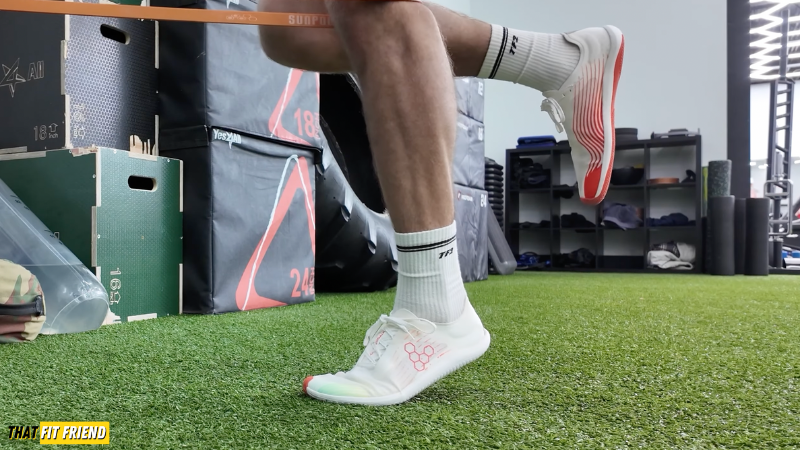
Who Should Buy the Primus Flow?
- You already train in barefoot shoes and want something that is super lightweight with a lot of ground feel. These don’t have a removable insole, so you get more of a “barefoot feel” in them.
- You prefer hybrid workouts (lift + run) and want one shoe to handle both without sacrificing performance. The low stack and grippy outsole make this shoe awesome for this context.
- You train in hot weather or outdoors and need protection from hot surfaces without overheating your feet. The upper in this model breathes super well.

Who Should Skip the Primus Flow?
- You’re new to barefoot shoes and need something with more cushion and forgiveness. Even with the skinny foam layer underfoot, the lack of a removable insole means you’re getting very little cushion. That’s a hard ask for runners who are brand new to barefoot shoes or just transitioning out of traditional running models. If you’re early in your barefoot journey, I’d steer you toward something like the Xero Zelen or the Inov8 Bare-XF. Both provide a lower barrier to entry, a bit more comfort for longer runs, and a friendlier price point.
- You have sensitive heels or struggle with achilles irritation, this model may cause rubbing or blisters. The synthetic textile overlay around the heel and the boot-style cut can cause rubbing or even blistering, especially around the Achilles. If you’re sensitive in that area or have had issues with heel fit in other Vivo models, you’ll want to take some precautions here. You can try wearing taller socks or softening the heel collar with some hand work before putting in heavy mileage. It’s manageable, but definitely a weak point in the overall comfort package.
- You have an exceptionally wide foot and need a wider toe box to avoid compression and discomfort. Forewarning, while these are wide…they aren’t the widest barefoot shoes in the game for 4E+ foot widths.
Sizing Thoughts and Suggestions
I went with my usual size 10. I’ve worn a lot of the Vivo models in the past and knew that this was a safe bet — despite most of their running shoes running long on me. The fit of the Flow is a smidge narrower than the other Vivo shoes I’ve tested in the past.
About My Feet: I have a normal arch/instep and my feet come in at an E/EE width. The length of my left and right foot are consistent with one another, and I size as a true US 10 for most companies’ sizing charts.
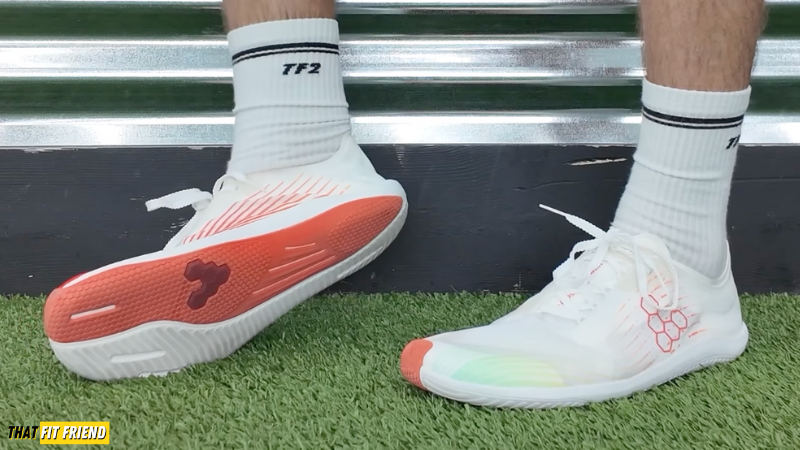
There are no half sizes in the Primus Flow (except the lucky 12.5ers for men and 10.5ers for women). If you’re naturally a half size and…
- Have more than a thumb’s width of room in your current barefoot shoes, size down.
- Have less than a thumb’s width, size up.
For most lifters and hybrid athletes with a narrow (<D) through wider (EE) foot, the Flow fits true to size. In terms of length, it’s on par with the Primus Lite III and Motus Flex, only with a toe box that is slightly narrower.
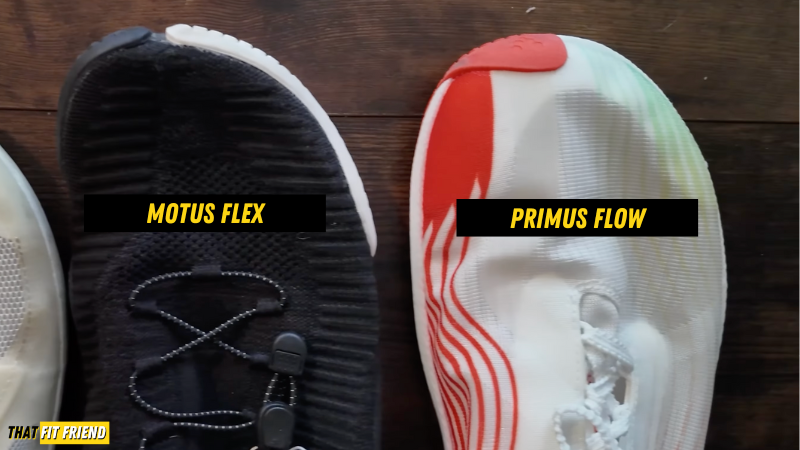
If you have very wide feet (3E or 4E+), you might feel boxed in through the forefoot, especially when your toes splay out under load.
If you’ve ever felt like you’re swimming around in wider barefoot shoes, the Primus Flow tightens things up without going overboard, which can be a GOOD thing for some. It’s definitely narrower than models like the Primus Lite III and Motus Flex, though it still allows for natural toe splay, just without that “too roomy” feeling.
Performance Breakdown
I put these shoes through the ringer. I tested these in the gym with heavy static lifting and hypertrophy workouts. I also made a point to mix in a good amount of cross-training and athletic-style work to see how they held up with explosive movements.
And I ran in them on a couple of different surfaces and for a broader range of short distances to get a feel for how they performed relative to other barefoot runners.
A Solid and Grounded Shoe for Lifting
The Primus Flow performs really well under heavy loads. The low stack height and grippy outsole make it easy to feel connected to the ground. For heavy deadlifts on rubber gym floors and wooden platforms, I never had issues, and I made a point to test them for sumo deads as well.
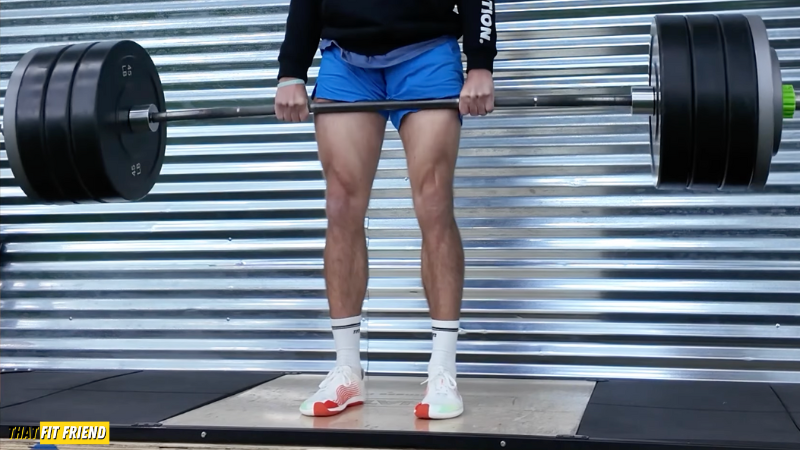
The flexibility of this shoe feeds well into extension and flexion of the foot when hitting legs, and it allows for better control during unilateral work like lunges. Combine that with solid traction, and you’re looking at a shoe that feels right at home with strength-focused movements like deadlifts and lower body sessions.
NOTE: Some athletes have reported that they’ve noticed some creasing at the forefoot, but I didn’t experience that issue in these. I had that problem in the Primus Lite IV AW and Primus Lite Knit, not in these, though. If you experienced that in those models, then you may feel it here, too. They should break in pretty quickly, though.
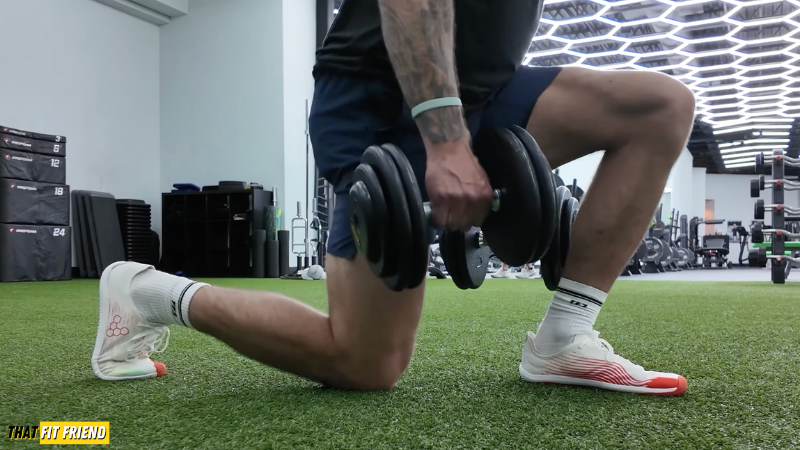
For my heavier work, the tread pattern seems to outperform other Primus models I love for training. It added noticeable grip on rubber gym flooring. I felt very locked into the shoe, in large part due to the asymmetrical lacing system, though if you crank down too hard, you’ll get some overlay. It’s not a dealbreaker; it’s just more of a visual quirk.
Bottom Line: These were solid for lifting. Despite being marketed for running, I think their lower stack, reworked grip, and flexibility helps them excel for strength contexts.
A Bouncy and Grippy Cross-Training Performance
This is where the (unintentional?) hybrid design really pays off. The upper offers an incredible level of security, making lateral work and agility drills feel stable. The foam layer running through the sole has a subtle poppy-ness to it that gives just enough bounce/ground feel, and rebound during multidirectional work.
The construction features medial and lateral ridges on the outsole that helped with quick changes in direction and grip, even on turf. If you like to sprinkle in some dynamic work with your running and lifting workouts, these have my stamp of approval.

Again, it’s worth mentioning that heel comfort may become an issue with repetitive bounding if you’re not locked in with socks or really work to break in the heel. The toe creasing can also be an issue for some, as it involves a lot of bounding and cross-training.
Bottom Line: These can be great for cross-training, which shouldn’t surprise anyone since they’re optimized for running. Fit issues may cause some issues for some.
A Solid Interval to Short Distance Running Option
A few notes here for my running-focused friends, 1) I haven’t tested this shoe on concrete, I personally don’t run on concrete in barefoot shoes, and 2) I didn’t run any distances longer than 1-mile intervals. I like to use barefoot shoes for sprints/intervals. If you need an assessment for longer runs in barefoot shoes, I always defer to my homie Nick at Barefoot Run Review.
On treadmills and turf, the Flow performs well. There are three major factors that come into play, making this a solid running shoe. The tread design and extended outsole layer at the toe that biases the medial side feed right into forward propulsion. It handled both interval runs and sprints without issue.
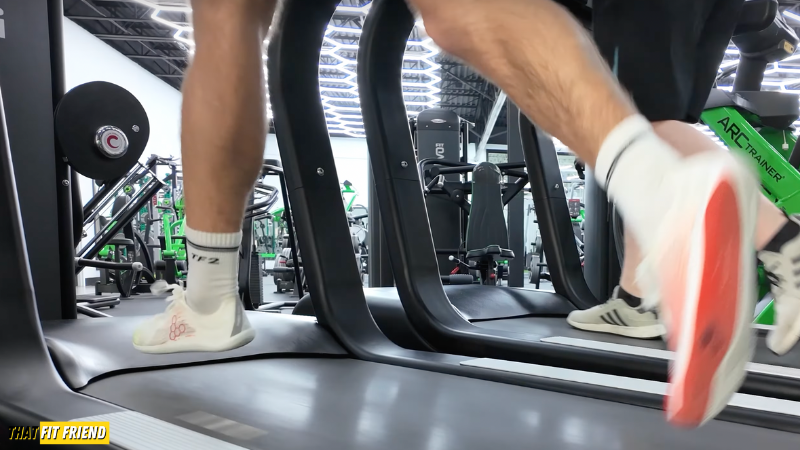
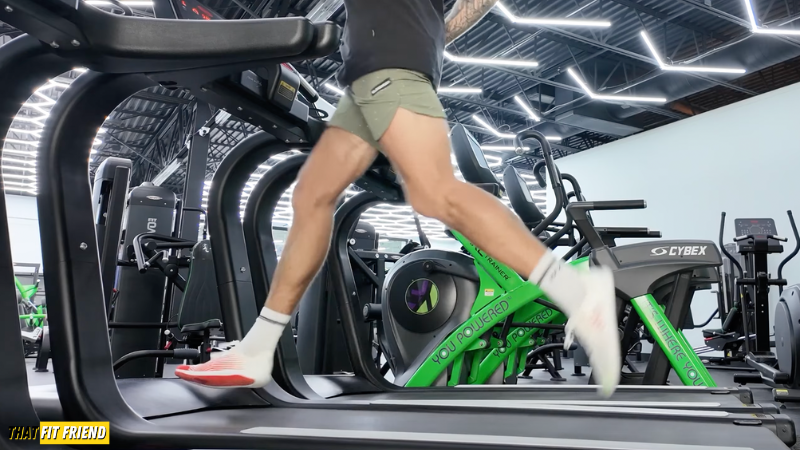
On top of this, the ground feel is high and the cushion is low. This is great for the barefoot running community who want as much ground feel as possible. Please be aware of your surfaces and be strategic with run volume if you’re still adjusting to barefoot-style running, though. You may also want to pay attention to that higher boot rubbing on your Achilles on those longer distance runs. Don’t do that thing where you don’t notice it until after your run when it’s too late and already super tender.
Bottom Line: Great option for those wanting as much ground feel as possible for running.
Note on casual wear. This shoe is comfortable enough for casual wear, but it’s not the most stylish barefoot option out there. The overall design leans aggressively sporty, giving off “I’m on my way to a track meet” vibes.
If you’re looking for a barefoot shoe you can wear to work, around town, or with more dressed-down outfits, this probably won’t be your best bet.
Construction and Materials
As expected from Vivo, it sports a 0mm heel-to-toe drop. And at just 5.60 oz, this is one of the lightest barefoot shoes I’ve trained in. It practically disappears on the foot. The thin mesh upper combined with added ventilation in the heel makes this shoe incredibly breathable, especially during hot-weather workouts or outdoor sessions on pavement or turf.

A thin foam sole layer covers the entirety of the base of the shoe. It provides just enough cushioning and responsiveness while still giving you full contact with the ground.
The rubber outsole features a split down the center, which adds articulation and improves flexibility. Paired with the extended outsole that biases the medial side, this is especially beneficial during running and plyometrics.

The upper is made from a lightweight mesh that’s soft, breathable, and locks down well. The asymmetrical lacing system aligns with the natural shape of the foot and does a great job of anchoring you in. If you do need to really crank the laces, expect some bunching in the upper that looks a bit gaudy. It doesn’t affect performance, but it’s not the cleanest look either.
The tongue is thin and non-gusseted, which helps cut weight and bulk.

Final Thoughts: Would I Get Again?
The Vivobarefoot Primus Flow is an interesting shoe, but it is definitely not for everyone. It’s lightweight, breathable, flexible, and built for hybrid athletes who already understand what barefoot training feels like.
It’s not the best barefoot shoe Vivo has ever made, IMO. And it’s definitely not going to be your go-to for winter or wet-weather training. That breathable upper I praised earlier? It comes with a tradeoff. In colder temps or wet weather, you’ll feel the elements immediately. There’s no insulation to trap warmth and no water resistance to keep your feet dry.
If you train in colder climates, or even just want something you can take through early morning dew or rainy sessions, this probably isn’t the model for you. But if you’re chasing versatility, training in warm environments, and want something light and fast that disappears on the foot?
This might be exactly what you’re after.
Just know what you’re getting into — and break in that heel before you crank up your training volume.

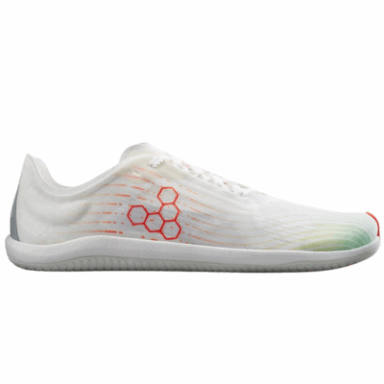
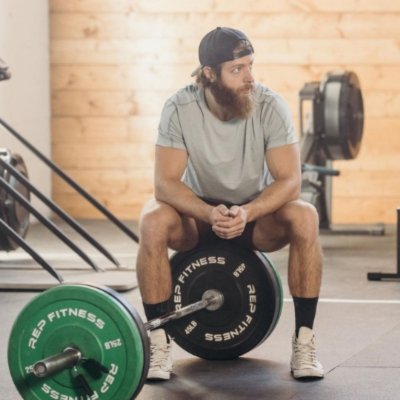



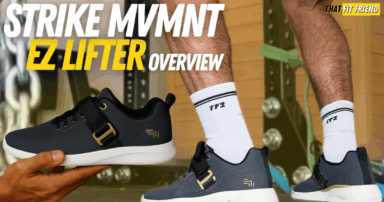
Add a Comment